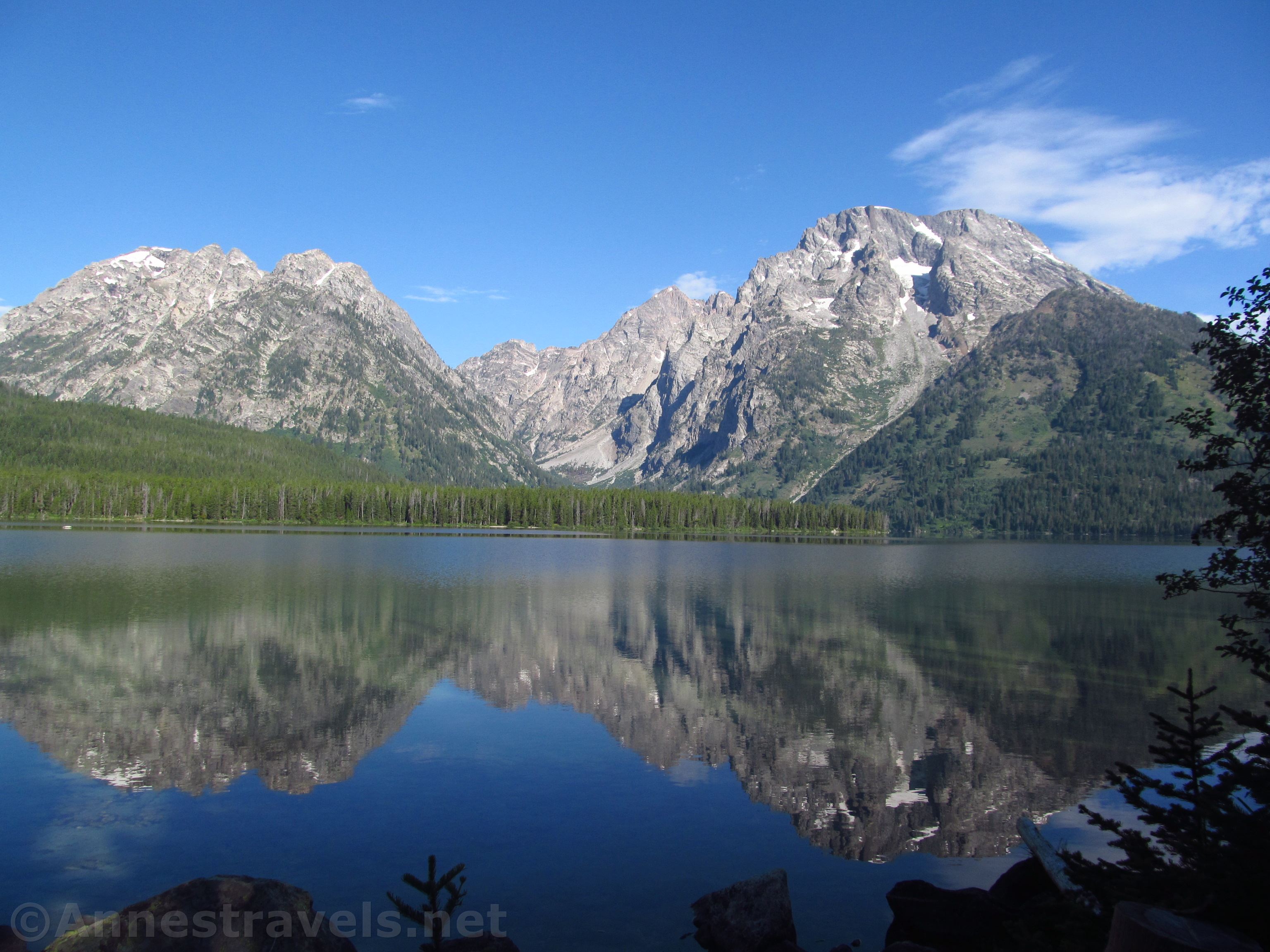
Even when there is enough light for a good photograph, you will want to consider the strength of the light. Is it harsh and strong, like a sunny day, washing out the colors and creating deep shadows? Is it softer, like through haze or in a partial shadow or under clouds or in the morning or evening when the shadows are not as harsh?

When considering the strength of the light, you want to look at how it will affect your photograph. Strong light (which creates deep, harsh shadows) can be very artistic, but many photographers prefer the softer, more angled-sun effect of morning and evening (which can create deep – but not so harsh – shadows). This time of day – known as Golden Hour (the hour after sunrise and the hour before sunset) – often has a “golden” tint to the light and offers endless opportunities for composing pictures.

Some photographers will use “filtered light” techniques to tone down the harshness of light (especially sunshine) and give the light a softer feel. They will hold a semi-transparent object (for example, a sheet of thin paper or a lightweight fabric) to shadow their subject (for example, a flower). The light filtering through the paper or fabric will be softer than, for example, the harsh noontime sun.